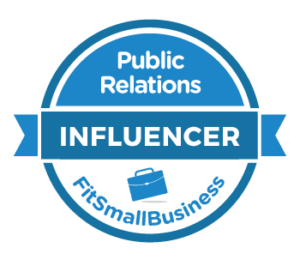My monthly Content Marketing column, which ran today, offers content curation tips that are based on how
the pros do it (meanling professional online publishers and news sites).
The appeal of curation for content and social media marketers is obvious; after all, why take the time to come up with original ideas or create all content from scratch when you can simply riff off (or rip off) what is already out there? As the theory goes, you can up your posting frequency and perhaps even quality if you incorporate third party content into the mix.
That is the theory; however doing it well can be fiendishly difficult. The professional sites wrestle with all kinds of issues related to appropriate editorial practices, and the ethics of exploiting the work of others.
How much can you excerpt before curation becomes stealing? Do you change headlines, or leave them intact? And what about the tug of war between keeping people on your site vs. the obligation some feel to send traffic back to the original source’s site (since, let’s face it, the curator is generally not paying for the content)?
I discussed these issues in my post about overcoming content curation challenges. That post also covered a group that some journalists formed to spell out codes of ethical blogging and aggregation, headed by AdAge writer Simon Dumenco. (I met Simon at a NY content marketing event; he explained the difference between aggregation and curation; my post You Say Aggregtion,I say Curation discusses others’ views on this).
Sadly, many curate do in a way that just creates more noise; I for one, am growing weary of of all those automatically-generated newsletters that clog Twitter and try to pass as clever curation.
The best curators filter Web noise and guide people to the best content. They have a keen eye for what really is interesting, informative and aligned with an audience. They often provide an expert’s view, adding value and not just mindlessly echoing content for their own gain.


